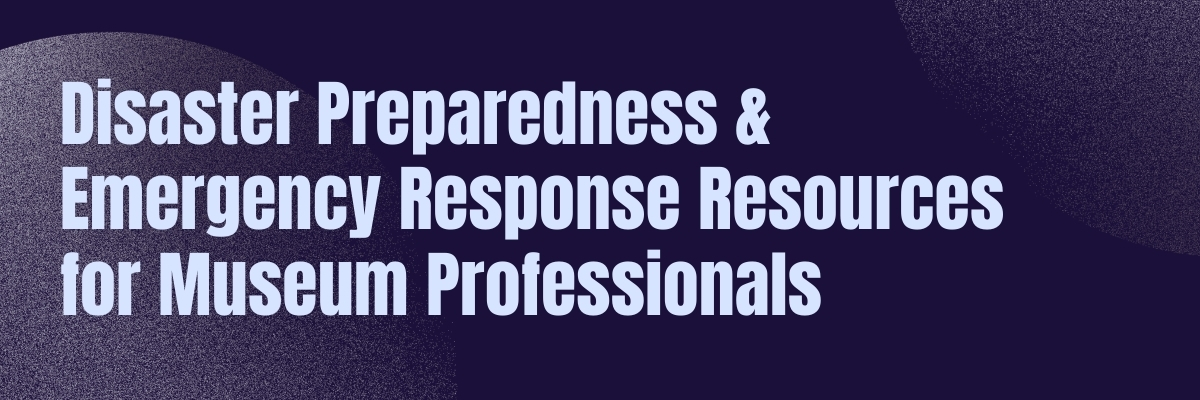
Amidst a deadly heat wave on Wednesday, June 30, a rapid and devastating wildfire swept through the historic village of Lytton in the interior of British Columbia. The little town of only 250 people sustained structural damage, but 90% was destroyed including the center of town, the Lytton Museum and Archives, and the Chinese History Museum.
By Friday night, both museums had completely burned down. The Chinese History Museum lost all 1,600 of its artifacts documenting early Chinese Canadians in B.C. To support the Lytton museums in rebuilding their collections and facilities, please make a donation here.
The Lytton fire is just one of hundreds of active wildfires across the Canadian province; and back in the United States, California has already been scorched by a number of wildfires, far exceeding the totals for the same period in 2020.
With the increasing frequency and intensity of wildfires (not to mention hurricanes and other natural disasters), it is becoming imperative, more than ever before, for museums to have an updated, comprehensive disaster preparedness and emergency response plan to help ensure the safety of their staff, minimize risk, and preserve their structures and facilities.
Below, you will find a list of useful resources to help you become more knowledgeable around natural disasters, and to help your institution become more prepared and develop or update an existing Emergency Response Plan.
Educational Resources
Learn about fire ecology with the San Diego Natural History Museum
Are museums safe from natural disasters? – Minneapolis Institute of Art
California Wildfire Safety Guide – Cutter Law
Natural Disasters and Severe Weather – CDC
Disaster Preparedness & Recovery Resources
Disaster Response and Salvage Resources – Museum SOS (an AMNH website)
Disaster Response and Recovery Resources – Minnesota Historical Society
Emergency Management Resources – Northeast Document Conservation Center
Emergency Preparedness – Smithsonian Institution Archives
Disaster Resources for Children’s Museums to Share with Families – Association of Children’s Museums Blog
How Libraries Can Prepare for Natural Disasters and Preserve Community History – Syracuse University
Facility Agility: Planning for Facility Emergencies – Nonprofit Risk Management Center
Facilities and Risk Management Standards – American Alliance of Museums
Building an Emergency Response Plan
Guidelines for Disaster Preparedness in Museums (downloadable PDF) – ICOM
Building an Emergency Plan: A Guide for Museums and Other Cultural Institutions (downloadable PDF) – The Getty
Developing a Disaster Preparedness/Emergency Response Plan – American Alliance of Museums
Plans and Resources for Natural Disasters – Sustaining Places
Are You Prepared: A Guide to Emergency Planning (downloadable PDF) – Nebraska Museums Association
Emergency Plan for Collections – American Museum of Natural History
Worksheet for Outlining an Emergency Response Plan (downloadable PDF) – Northeast Document Conservation Center
Disaster Response & Assistance
American Institute for Conservation's National Heritage Responders 202-661-8068
California Preservation Program – Disaster Assistance 888-905-7737 (emergency response hotline)
Conservation Center for Art and Historic Artifacts 215-545-0613
Balboa Art Conservation Center 619-236-9702
BELFOR (water/smoke damage mitigation service)
800-856-3333 (24/7 Emergency Hotline)
Hayward office: 510-785-3473 / 24/7 Emergency Number: 888-543-3473
Los Angeles office: 714-632-7685 / 24/7 Emergency Number: 800-421-4112
San Diego office: 858-847-9886 / 24/7 Emergency Number: 866-421-4144
Polygon (water/smoke damage mitigation service) 800-I-CAN-DRY (422-6379)
Do you have emergency preparedness resources you'd like to add?
Please share with us at communications@westmuse.org.
These resources are subject to change and will be updated as new information becomes available.
We're all in this together. #StayHealthy #StaySafe #TogetherButSafelyApart

Written by Jessica Noyes, Communications Coordinator, WMA
Add new comment